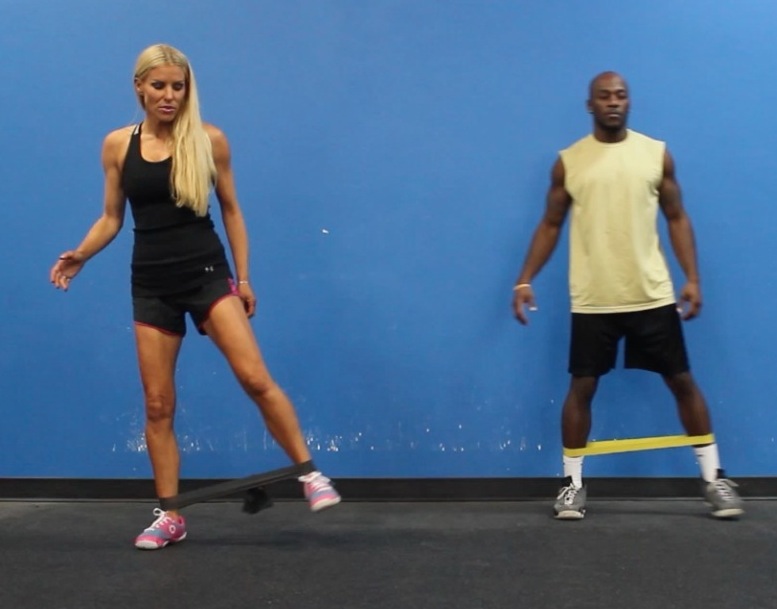In sports, split-second decisions and precise movements can make all the difference. Athletes often focus on physical training and mental preparation, but one crucial aspect that is sometimes overlooked is eye health. The eyes play a vital role in an athlete’s overall performance, affecting coordination, reaction time, and depth perception. Let’s explore the importance of eye health for athletes and provide insights on maximizing visual performance in sports.
Visual acuity is a fundamental component of athletic success. Athletes rely on their eyes to track the ball, assess opponents, and navigate the playing field. Dr. Graham Erikson, OD, talks about how strong visual skills improve hand-eye coordination, reaction time, and overall game awareness. Athletes may face various vision challenges that can impact their performance. These challenges include myopia (nearsightedness), astigmatism, and issues with depth perception. Addressing these issues through regular eye check-ups and corrective measures can help increase performance levels.
Athletes utilize several visual skills to help improve their performance. For example, dynamic visual acuity is based on how well a person can see a fast-moving object. Athletes can enhance their dynamic visual acuity through specific training exercises, which can involve focusing on objects in motion, such as tracking a moving ball or rapidly changing visual stimuli. Dynamic visual acuity training sharpens an athlete’s ability to process visual information quickly and accurately.
Following this, peripheral awareness in athletes pertains to their capacity to detect and comprehend information in their surroundings outside the immediate center of focus. Utilizing peripheral information allows athletes to enhance reaction time and make more strategic decisions. An effective method to improve this skill is by doing visual drills that involve tracking moving objects or scanning the surrounding environment without directly fixing one’s gaze. This helps to train the eyes to pick up information from the periphery. Peripheral awareness extends beyond sports, proving vital in activities such as driving and overall situational awareness.
The future of sports vision training holds promising developments with the integration of virtual reality (VR) and augmented reality (AR) technologies for all athletes. Technological advancements pave the way for a future where sports vision optometrists serve dual roles as consultants to vision and vision coaches. Similar to coaches focusing on strength, speed, and nutrition, having a dedicated vision coach honing sport-specific vision skills can provide athletes and teams with a distinct competitive advantage.
Elevating athletic performance goes beyond physical strength and strategy —it involves optimizing every aspect, including eye health. By incorporating targeted eye exercises and addressing vision challenges, athletes can maximize their visual performance in sports. A holistic approach to training can be the key to gaining a competitive edge on the field.






